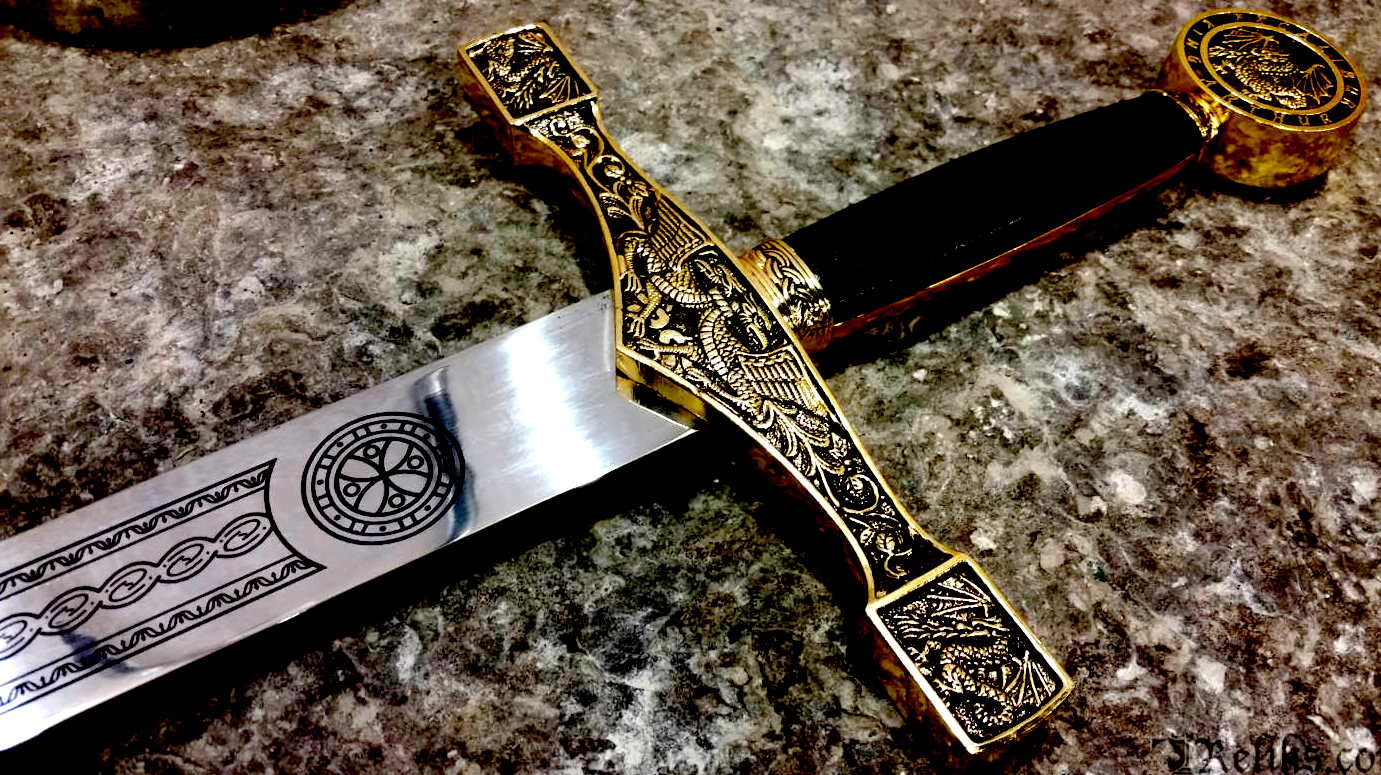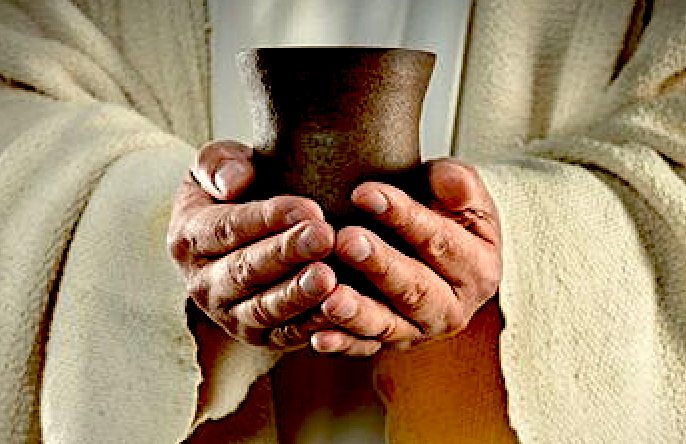|
E X C A L I B U R
Steer your path through life by our GOLDEN COMPASS the quest for eternal happiness
|
|
|
|
|
Knights of the Round Table, depart in their quest to find the Holy Grail. Historically, a sword identified as Excalibur (Caliburn) was supposedly discovered during the purported exhumation of Arthur's grave at Glastonbury Abbey in 1191. On 6 March 1191, after the Treaty of Messina, either this or another claimed Excalibur was given as a gift of goodwill by the English king Richard I of England (Richard the Lionheart) to his ally Tancred, King of Sicily. It was one of a series of Medieval English symbolic Arthurian acts, such as associating the crown won from the slain Welsh prince Llywelyn ap Gruffudd with the crown of King Arthur.
Some believe that
'Excalibur' was the sword King Arthur pulled out of the stone to claim his right to the throne of Britain. Excalibur means ‘cut-steel’ and it is attributed with magical properties. Supposedly, it was formed with the heat from dragon-fire.
In Arthurian romance, a number of explanations are given for Arthur's possession of Excalibur. In Robert de Boron's Merlin, the first tale to mention the "sword in the stone" motif c. 1200, Arthur obtained the British throne by pulling a sword from an anvil sitting atop a stone that appeared in a churchyard on Christmas Eve. In this account, as foretold by Merlin, the act could not be performed except by "the true king", meaning the divinely appointed king or true heir of Uther Pendragon. The scene is set by different authors at either London (Londinium) or generally in Logres, and might have been inspired by a miracle attributed to the 11th-century Bishop Wulfstan of Worcester. As Malory related in his most famous English-language version of the Arthurian tales, the 15th-century Le Morte d'Arthur:
"Whoso pulleth out this sword of this stone and anvil, is rightwise king born of all England."
Swords are common in literature and history as a symbol of power, honor, and strength. In medieval Europe and Japan, swords were used to indicate social status and appeared on coats of arms. Dress swords could have hilts and scabbards decorated with fine gemstones, pearl inlays, and gold trimmings to advertise one’s wealth and status. Peasants were forbidden to own swords, especially in Japan, where the sword was a symbol of Samurai, the elite warriors of the Emperor. Samurai had their own code of the sword, seeing it as an extension of themselves. Swords have made and broken kingdoms for thousands of years.
After many of the gathered nobles try and fail to complete Merlin's challenge, the teenage Arthur (who up to this point had believed himself to be son of Sir Ector, not Uther's son, and went there as Sir Kay's squire) does this feat effortlessly by accident and then repeats it publicly. The identity of this sword as Excalibur is made explicit in the Prose Merlin, a part of the Lancelot-Grail cycle of French romances (the Vulgate Cycle).
KNIGHTS OF THE ROUND TABLE
|
|
|
|
|
|
Please use our GOLDEN COMPASS to navigate this story, or revisit our BEGINNING OF THE QUEST
This website is Copyright © 2023 Cleaner Ocean Foundation and Jameson Hunter Ltd.
|




